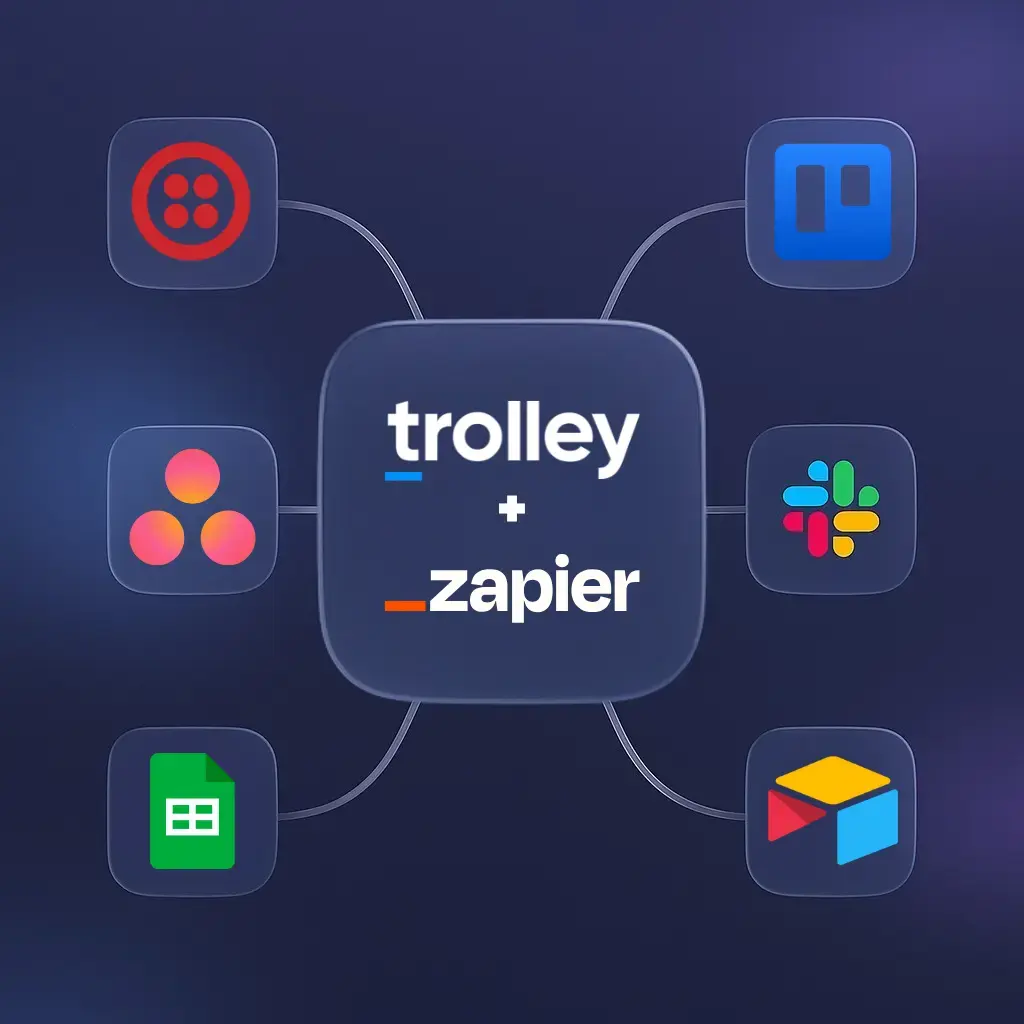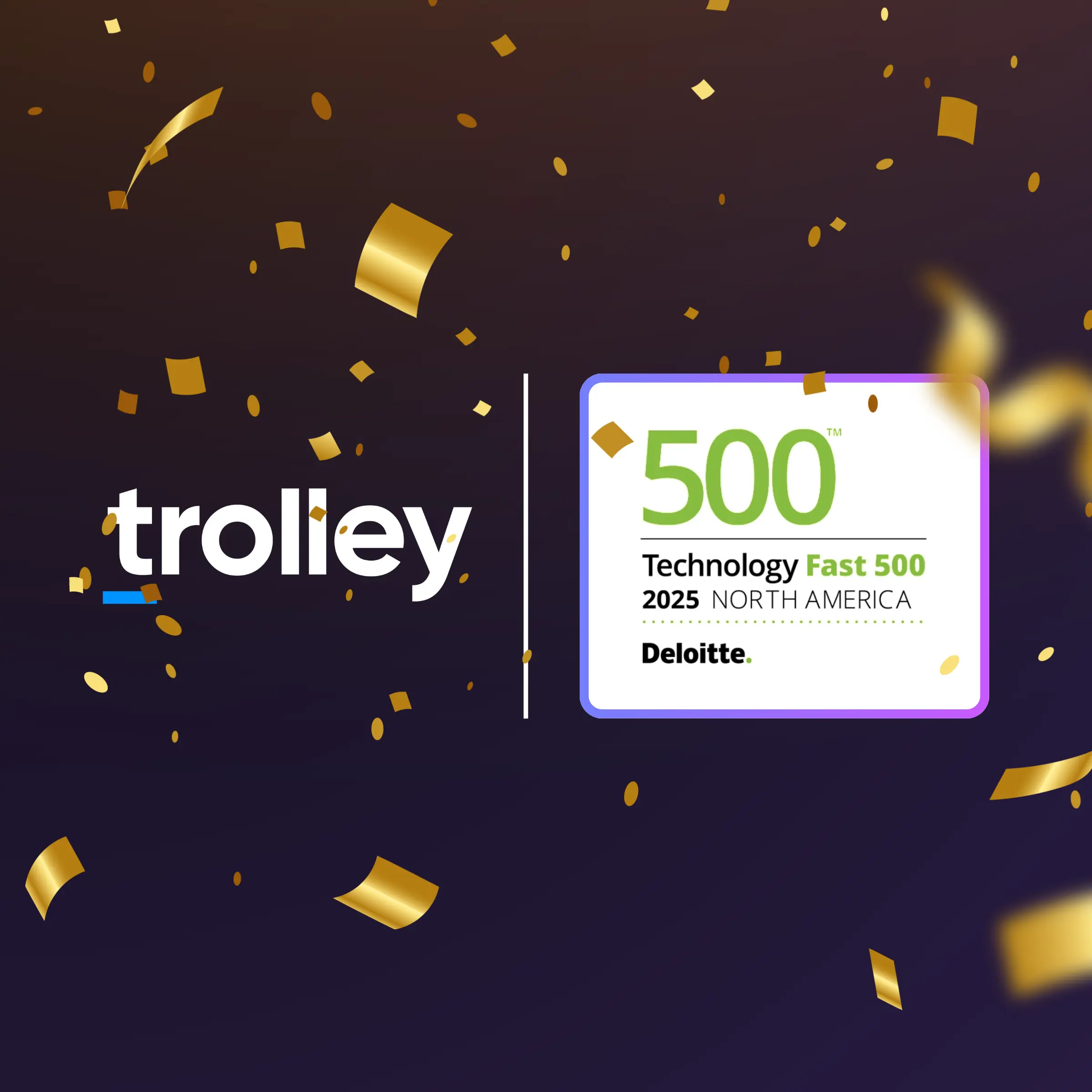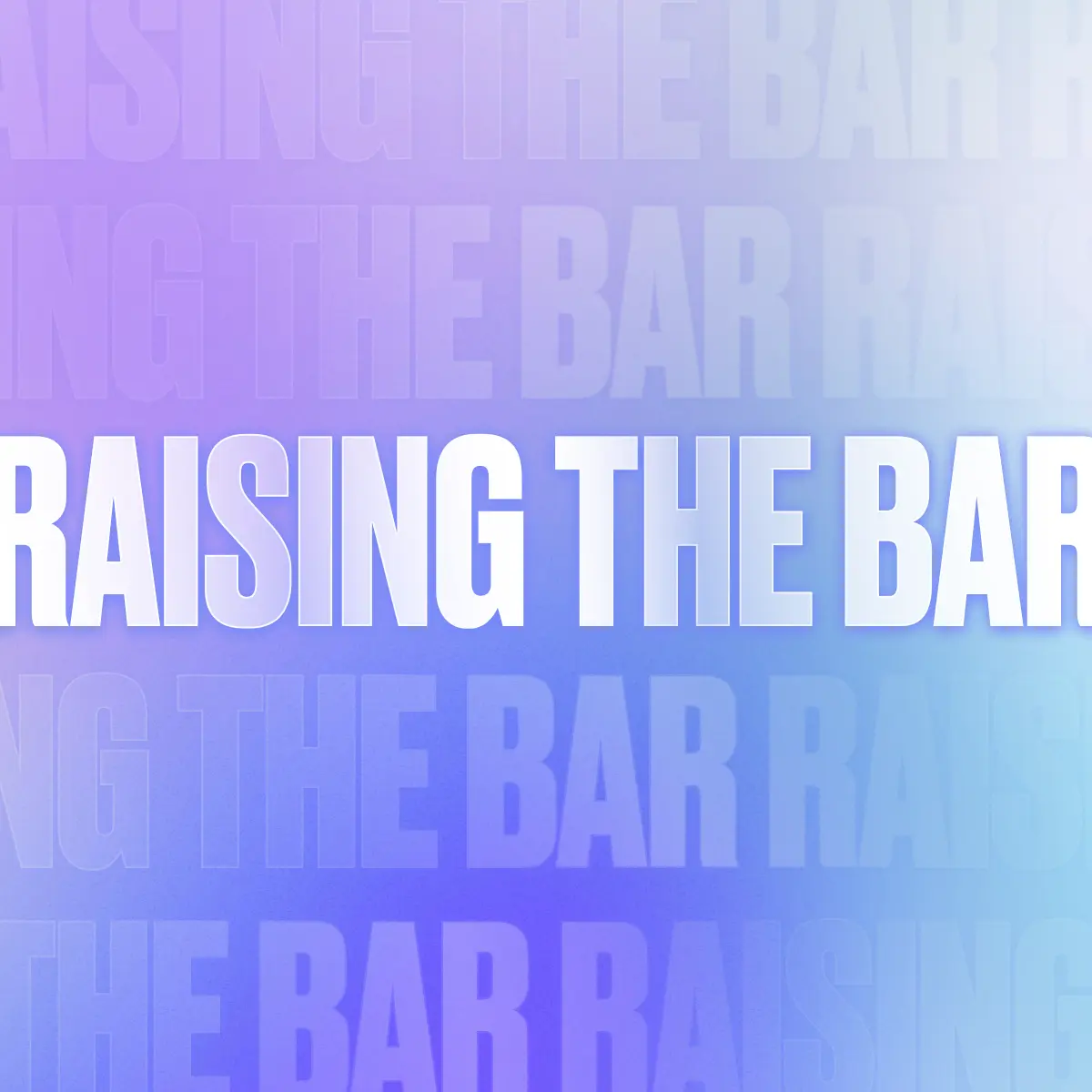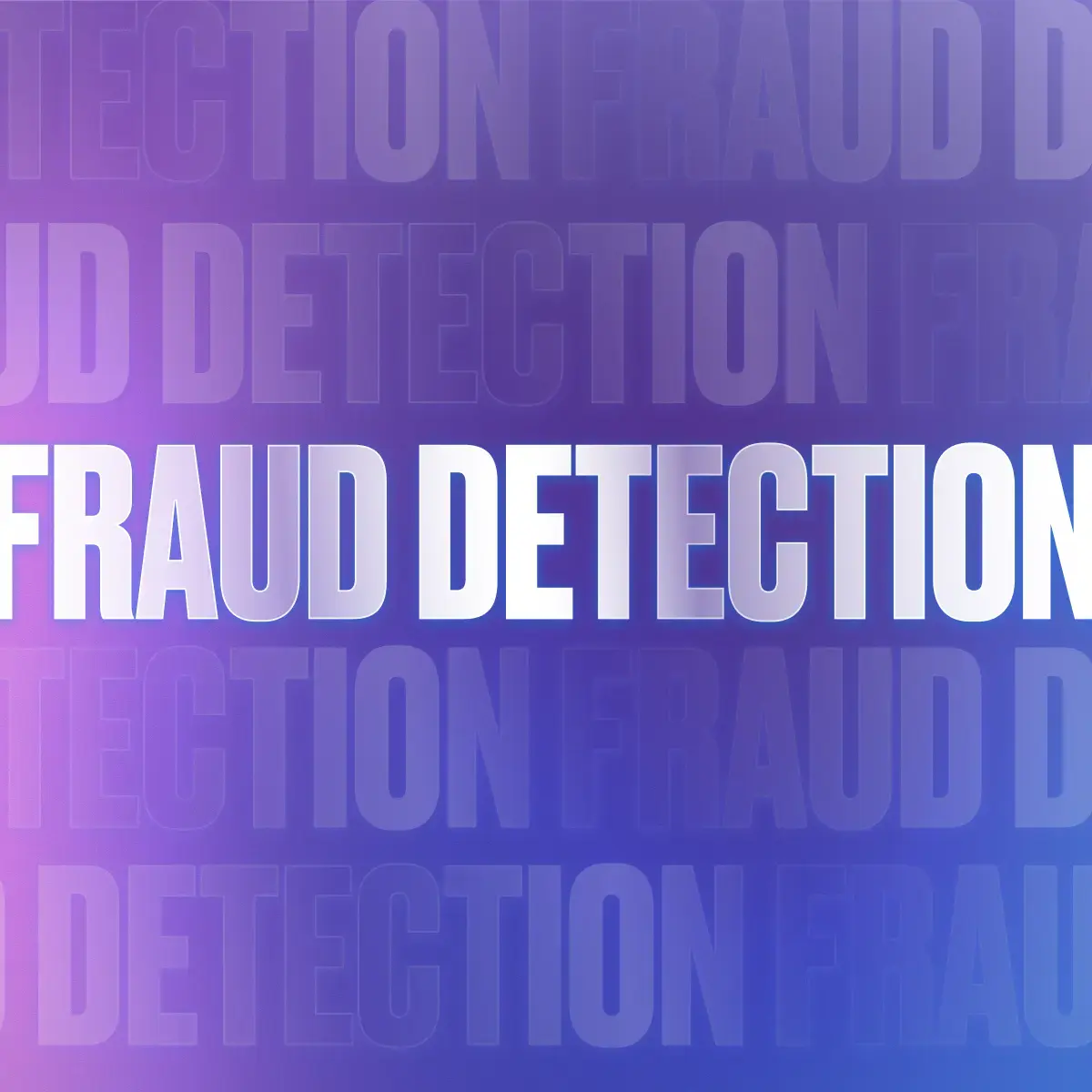Sampling has been a vital part of the music industry for decades, as artists pay homage to one another and reimagine previously published tracks in all new ways. If you’re looking to understand the complexities of how to manage the copyright, licensing, and royalty payouts that come along with sampling, start here.
If you work in accounts payable in the music business, you know that paying music sample royalties can be a complex topic that involves a nuanced balance between creative decisions to use other’s music and the interests of the original rights holders. From clearing music samples legally to distributing payments accurately, managing sample licensing requires well-considered processes.
This guide serves as an entry point to understanding sample licensing and will explore key concepts in simple terms so you can level up your skills in this critical area.
What we cover
- What is sample licensing?
- A brief history of sampling
- Obtaining clearance for a sample
- Negotiating terms for samples
- Sample royalty distribution
- Samples in the digital era: streaming & downloads
- Tax reporting for sample royalties and compliance
- Best practices for AP teams handling sample licensing
- Looking for artist-friendly royalty payouts? Try Trolley
What is sample licensing?
Before we get into the nitty-gritty details, we’ll cover some sampling basics. A music sample is a snippet of an existing recording that producers incorporate into a new track. This can include:
- Vocal riffs
- Instrumental loops
- Individual drum hits
- Short melodic phrases
- Movie quotes, news broadcasts, and other audio clips
There are tons of examples of sampling in popular music and probably plenty you’re already familiar with. A great example is Stevie Nicks’ “Edge of Seventeen,” which has been sampled in tracks including Destiny’s Child’s “Bootylicious” and Miley Cyrus’ “Midnight Sky.”
Producers sample for different creative reasons. It may be to pay homage to musical heroes or to add alluring textures to a song. In some cases, it may be a nod to geographic or genre traditions.
Producers get creative with manipulating these samples by changing the pitch or altering the tempo. They may also extract certain sections and layer them with other sounds. This allows the creation of completely new compositions featuring components of existing recordings.
A brief history of sampling
While sampling permeates today’s mainstream music, the practice dates all the way back to the 1940s, when composers started splicing and looping tapes of raw recorded material. This technique became known as musique concrète, a term coined by Paris-based composer Pierre Schaeffer. If you’re curious to hear what this early sampling sounded like, check out this musique concrète playlist.
It wasn’t until the 1970s that sampling truly took off, though—and we have Bronx DJ Kool Herc to thank. His innovations in looping and layering vinyl drum beats to give rappers and dancers more time to perform mark the creation of hip hop, and sampling took off from there.
Throughout the 1980s, advances in production technology facilitated increased sampling experimentation. YES’s 1983 hit ”Owner of a Lonely Heart” was the first commercially-recorded track to use a sample as a breakbeat as opposed to a sound effect.
The late 1980s–90s “Golden age” of hip hop brought sampling intricacy to an art form through legendary producers like DJ Premier, Pete Rock, and RZA, who masterfully flipped obscure jazz, soul, and funk into entirely reimagined Wu-Tang Clan hip-hop soundscapes. Their techniques hugely expanded conceptions of arranging while supporting rap luminaries like Nas.
Today, music sampling in the digital age continues to provide compositional jump-off points for today’s hits across hip hop and R&B—alongside widening applications in pop, electronic music, and beyond.
The importance of managing sample royalties
For label financial executives, clearing music samples and managing royalty distribution carries profound importance.
Mistakes can lead to legal action, damaged business relationships, and cascading financial problems. By staying on top of music sample licensing, you enable seamless collaboration and appropriate compensation.
For instance, without proper tracking, an obscure artist sampled could miss out on a windfall from a breakout hit featuring their work. Failure to clear a high-profile sample could leave your artist sued and in debt. Avoiding this outcome involves care and savvy on your team’s part.
That’s why mastering the ins and outs of sample accounting protocols is so important early on. It paves the way for smooth partnerships between sampled musicians and those building on their influence.
Obtaining clearance for a sample
Now that we’ve covered the importance of obtaining clearance for sample use, we’ll outline how to do just that.
Steps to securing permission for sample use
To clear a sample, you’ll need permission from two parties: the recording copyright holder(s) and the songwriting copyright holder(s).
- The recording copyright holder(s): Usually, the record label owns the rights to the master recording. For older tracks, rights may have changed hands several times over the decades. So, researching the latest registrations is key.
- The songwriting copyright holder(s): Often music publishers and/or the original writers own the composition rights.
As such, it’s important to remember that ownership of recordings and underlying compositions differ. To clear a sample, the artist usually has to pay an up-front, fixed licensing fee to obtain a mechanical license, but they also have to obtain the right to use the master recording, as well. So, a mechanical and a non-mechanical license are both necessary to clear a sample.
The artist’s manager contacts both parties, providing the following:
- Title and artist of the original track
- The exact sample needing clearance
- Details on how the sample will be used
- A demo of the new production
This allows the copyright holders to make an informed decision. They want assurances their assets will be well-presented before approval. From there, they either approve or deny clearance requests.
Reasons for denial can include:
- The sample constitutes too much of the original recording’s runtime
- It includes the most recognizable aspects (e.g., the chorus)
- The track itself or its creators object for ethical reasons
- The new work containing it violates broadcast decency standards
If the sample passes vetting, licensing negotiation for samples can proceed.
Note: Managers often simplify licensing by clearing music samples on platforms like Songtradr.
Legal and financial implications of sampling without permission
Sampling without upfront permission can spur lawsuits. So, education on copyright law is a must for anyone in the music accounting field.
Illegal samples often lead judges to award immediate injunctions halting sales and streams. There may be requirements to remove samples even post-release. In the worst cases, we see demands to surrender all profits derived from the sample. For chart-toppers featuring uncleared samples, settlements easily reach seven figures.
A noteworthy example is the 1991 case in which Gilbert O’Sullivan sued Biz Markie over “Alone Again,” a song that appeared on the rapper’s 1991 album, “I Need a Haircut.”
O’Sullivan claimed that the use of samples from O’Sullivan’s 1972 song “Alone Again (Naturally)” amounted to copyright infringement.
The court found Biz Markie guilty and ordered him to pay $250,000 in damages, barred his label from continuing to sell the single or album, and referred the matter to criminal court on the grounds of theft (which, in the end, he was not charged with). This decision permanently altered the landscape for sampling, with the music industry significantly increasing its focus on ethical business practices thereafter.
Biz Markie managed to maintain a sense of humor about this experience—after all, he named his next album “All Samples Cleared!”.
Legal circumstances like these can cause financial harm, such as:
- High legal expenses to defend cases
- Loss of publishing ownership interests
- Delays releasing music while tied up in court
- Sample clearance fees after the fact exceed upfront market rates
- Reputation damage makes rights holders less likely to license future samples
To sum it up: always confirm licensing status before releasing any sample-based recordings!
Negotiating terms for samples
Once permission is granted, it’s time to lock down official sampling terms. You’ll need to negotiate royalty percentages and/or upfront fees to secure rights. Multiple aspects affect these numbers, mainly:
- Sample length – A 3-second vocal snippet often demands less compensation than a 10-second, instantly recognizable hook. The more content copied, the more leverage rights holders have in deals.
- Prominence and modification – A pitch-shifted, subtle background loop earns lower music sample royalties than an unchanged, central, upfront sample. If changes disguise the original, lower rates apply.
- Commercial status of the original track – Sampling a past hit song often means paying a premium. But now-obscure tracks and album cuts earn composers lower amounts.
- New track’s expected sales – Rights holders analyze your artist’s commercial viability to estimate potential windfalls. Highly bankable stars get more favorable terms.
For example, a barely-altered 4-bar instrumental sequence from a little-known 1960s jazz album can warrant lower terms. But an obvious 3-second vocal hook from a smash hit bound to catch fans’ ears would garner the original artist more compensation.
With experience observing lots of negotiations, you’ll learn suitable starting offers to secure sampling access.
Let’s explore two common deal structures for sampling.
One-time fee vs. ongoing royalties
Licensing negotiation for samples typically employs two overarching royalty framework options.
Upfront buyout fees
For short, highly manipulated samples, or samples from a small record company, a one-time buyout fee may apply. These fees can range wildly in number.
Buyouts compensate for lost revenue if the new track unexpectedly succeeds while simplifying accounting.
Ongoing royalties
For commercial releases featuring high-profile samples, rights holders receive ongoing royalties correlated to sales and streams. There are no hard and fast rules for what percentage of royalties are owed to the original rights holders—like the cost of upfront buyout fees, it’s dependent on the factors outlined above.
For particularly sample-reliant releases like mashups or remix albums, rights holders may command the highest possible rates.
The bottom line is that the more valuable the source material, the more revenue gets shared over time, assuming commercial success.
Sample royalty distribution
Once you establish terms, the next phase involves processing and distributing royalty payments. That is done throughout the sample’s commercial lifespan, and it requires coordinating across multiple players.
Role of Performing Rights Organizations (PROs)
PROs like ASCAP, BMI, and SESAC provide a valuable administrative function. They monitor public performances and events featuring your artist’s sampled release.
When radio stations, streaming services, television networks, bars, restaurants, retail stores, and other public venues play tracks containing samples, the PROs ensure publishers and songwriters receive their domestic public performance royalties.
These organizations have the technology to identify recordings containing samples, which they use to organize usage data and allocate payments to the appropriate rights holders.
This simplifies an otherwise impossibly complex process, especially given that songs often get licensed across hundreds of thousands of establishments.
Role of Mechanical Rights Organizations (MROs)
Like PROs, MROs act as middlemen between music creators and distributors. They collect mechanical royalties on behalf of rights holders and distribute them appropriately. Mechanical royalties get paid out when a recorded song is reproduced and distributed, whether that be on streaming platforms, downloaded tracks, or physical sales like CDs and vinyl.
In the United States, the Harry Fox Agency is the preeminent MRO. Many businesses across the industry leverage the Harry Fox Agency’s licensing, collection, and distribution services related to mechanical royalties.
Involvement of record labels and music publishers
Your artist’s label splits income with the original track’s rights holders per the agreed terms from:
- Downloading
- Streaming
- Synchronization licensing: Royalties for use in film, TV, ads, gaming, and social media
- Public broadcasts
- Physical sales
Because royalties derive from both musical composition ownership and sound recording rights, publishers play a key role in separating writer shares based on registered splits.
Diligent coordination between your label, accounting teams, publishers, PROs, and MROs ensures all parties receive proper ongoing compensation as long as the sample keeps generating revenue.
Samples in the digital era: streaming & downloads
The rise of streaming adds complexity to paying music sample royalties. Let’s break it down.
How digital platforms affect royalty calculations for samples
Streaming platforms like Spotify, SoundCloud, and Apple Music have different average payout rates, but there is no “per-stream” rate.
In general, key metrics used for payment allocation across rights holders are relative market share based on:
- Total on-demand song streams
- Premium vs. ad-supported listens
- Country-specific listener counts
Based on these factors and the pre-negotiated terms locked for the sample, the corresponding percentage owed to sample copyright holders gets deducted from your artist’s profits each period.
On streaming platforms, slight usage metric fluctuations mean sample royalty values change continually, even if a platform pays steady rates. This demands extra accounting diligence.
Tax reporting for sample royalties and compliance
While sample royalty distribution has many complexities, accurately documenting payments protects labels from unwelcome IRS fines. Proper reporting provides transparency, allowing artists to handle their tax liabilities.
Relevant tax forms for sample royalties
Whenever a single sampled musician receives over $10 total in annual royalties from your label as facilitated by your artist’s release, you must declare these sums to tax authorities via Form 1099-MISC. You will also need to furnish a copy of this form to the rights holder in question.
Solo songwriters functioning as freelancers receive Forms 1099-NEC for royalties exceeding $600.
Beyond submitting Forms 1099, additional considerations around royalty compliance exist:
- Properly tracking ownership shares across contributors
- Understanding tax nuances if writers funnel royalties into formal businesses
- Applying income withholding in certain non-US cases
For example, foreign songwriters face income tax withholding on royalty earnings depending on their country of residence and existing tax treaties.
To avoid unnecessary withholding, the proper forms must be furnished:
- Form W-8 BEN for foreign claimant exemptions
- Form 1042-S for international income tax withholding
Given the financial implications of inaccurate music royalty tax reporting, music companies should consult legal and accounting advisors to ensure full compliance.
Best practices for AP teams handling sample licensing
Implementing watertight systems is key for smooth sample clearance, payment calculation, and long-term accounting operations.
Follow these guidelines to keep music sample licensing workflows running efficiently.
Efficient tracking and payment systems
Maintain an always up-to-date master sample clearance database with key details like:
- Track titles
- Rights holders
- Contact info
- Negotiated terms
- Approval dates
- PRO distribution keys
Automate royalty math wherever possible to limit manual errors.
Standardize audio file labeling using unique IDs for sampled recordings to simplify monitoring usage.
Utilize payment software tailored for sampling-related disbursements and integrations with software/systems that allow for the necessary signature controls, tax capabilities, and royalty split breakdowns.
Stay informed on legal and industry changes
Given how turbulent modern music royalty management can be, stay up to date on recent developments to avoid getting caught off-guard by changes.
Be proactive by:
Reading music copyright law analysis blogs regularly to stay on top of cases that establish new precedents.
Consulting both internal company and external entertainment lawyers frequently as issues emerge for reliable guidance.
Researching evolving streaming analytics like viewer weighting shifts that could retroactively trigger sample royalty payment changes.
Attending music accounting conferences and seminars to network and exchange best practices with peers.
Looking for artist-friendly royalty payouts? Try Trolley
Getting hard-earned royalties into artists’ pockets should be easy. But between tax forms for music royalties, global banking complexities, and the maze of international regulations, paying creators isn’t as simple as we’d all like it to be.
Trolley handles the heavy lifting of paying artists via payout automation purpose-built for modern music companies.
Let Trolley deliver your royalty distributions worldwide so you stay focused on bigger goals. Keep your data centralized and connected with Trolley’s end-to-end platform plus ERP sync. Onboard your artists, verify their identities, pay globally, and stay tax compliant, all in one place.
Our real-time dashboard gives your artists the visibility and transparency they deserve, with your brand at the front and center. Plus, recipients can choose the payment methods that work best for them, so you can strengthen your relationships while making tax-compliant payouts to over 210 countries and territories.
Learn why companies like SoundCloud, United Masters, Soundrop, CD Baby, and more trust Trolley to pay over 1.5 million musicians worldwide by getting in touch today.







